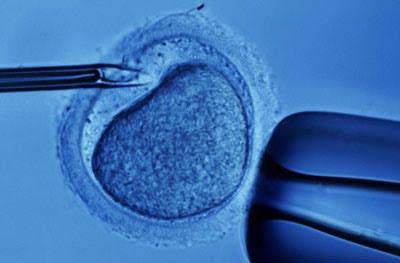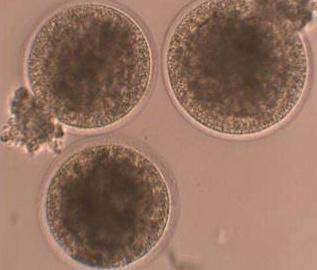By Roberta Milani / ABCCH (Translation: Caroline Pereira Ciagniwoda Padilla)
Photography: ABCCH
A new reality in the horse breeding program is now trending in Brazil through an assisted reproductive technique that produces in vitro embryos: ICSI – intracytoplasmic sperm injection. During ICSI, a single sperm is injected directly into the cytoplasm of the egg. This procedure is one of the most recent techniques in equine in-vitro reproduction that has made its way to Latin America.
According to Doctor Paula Fleury, a veterinarian and director of the company In Vitro; “Traditional artificial insemination requires a minimum of 150 million viable sperm, whilst for ICSI we only need one. Consequently, one advantage of this technique is to enable pregnancy using low quality, rare or even costly semen”.
In Vitro, a company based in Mogi Mirim (São Paulo State), is a pioneer in the use of ICSI in Brazil and offers breeders commercial production of embryos. ICSI research and development began in Brazil in 2015, but was only established and became commercially available in 2018.

Several studies show Brazil as the largest producer of equine embryos in the world, making up over 40% of the market and standing ahead of other powers such as Argentina and the USA. This sophisticated and highly-efficient technique places the country as a powerhouse in equine culture globally.
ICSI, which has already been used in human reproduction, enables pregnancies in horses with recovered eggs from donating mares that no longer respond to the traditional technique of transferring embryos (ET). The procedure can help bypass acquired reproductive problems, and especially low quality or expensive semen. In ICSI, each egg is injected with a single sperm from fresh or frozen semen and the resulting embryos are developed in the lab for approximately a week. Following in vitro culture, these embryos are frozen and ready to be transferred to the recipient mare... To read the complete article you need to be a subscriber
CLICK HERE TO SUBSCRIBE TO BREEDING NEWS
SUBSCRIBERS CAN READ THE COMPLETE ARTICLE BY LOGGING IN AND RETURNING TO THIS PAGE




